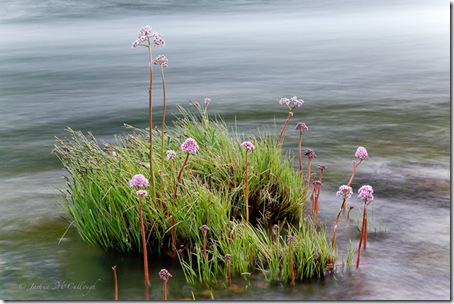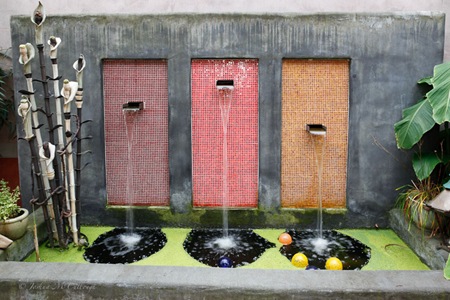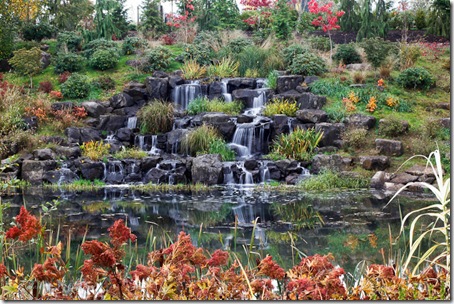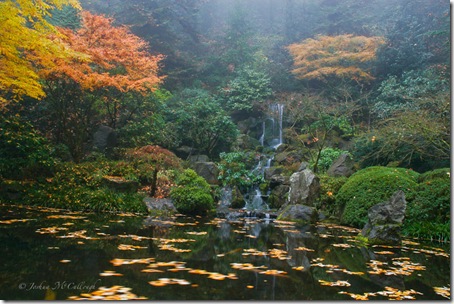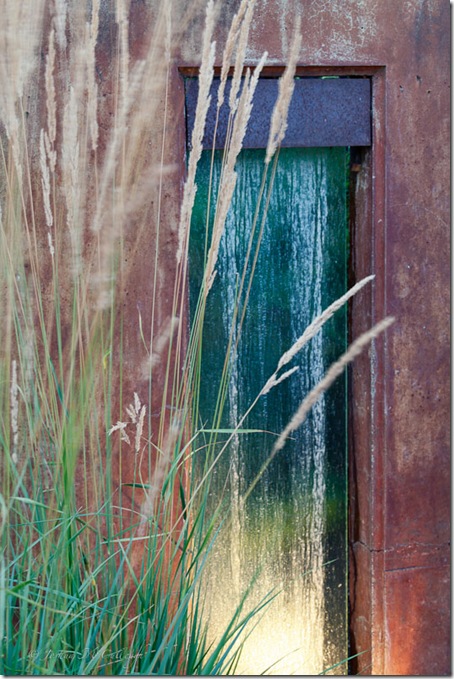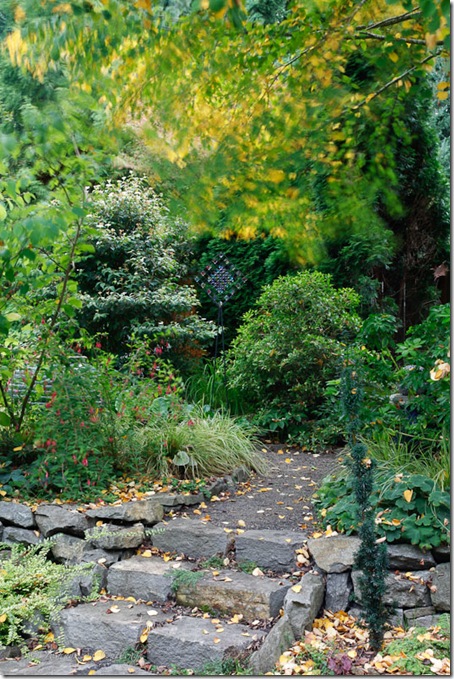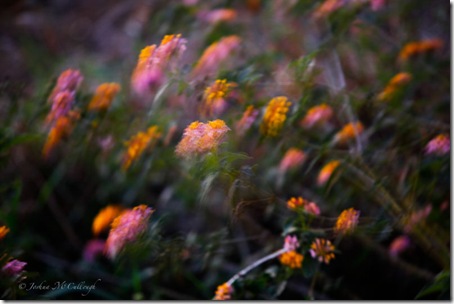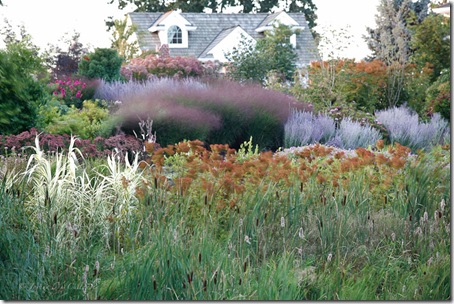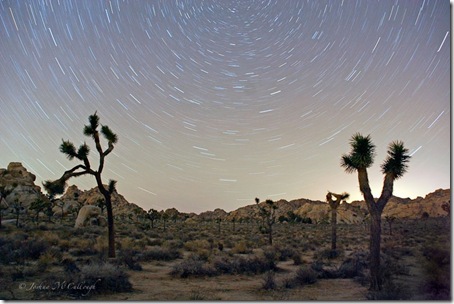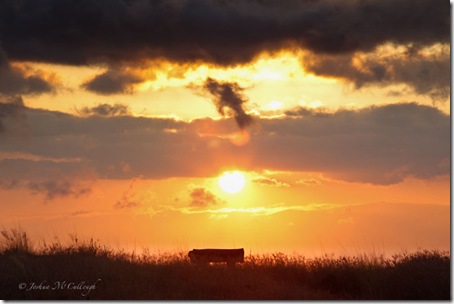Written by Josh McCullough
I’m always thrilled when a returning judge graces GGW’s Picture This with his talent, expertise, and energy. Joshua McCullough, whose last stint as a Picture This judge was June 2010, is back once again; without a doubt, he will inspire and motivate a slew of you to come out and play. Josh is the creator of PhytoPhoto, a specialist collection of expertly identified botanical, horticultural and environmental photos; images are supplied to a wide variety of print mediums. His work is magnificent…..Fran Sorin
Subject for this month: SHOW THE MOTION
Motion blur caused by long exposures, or more precisely exposures not short enough to still motion, are often thought of as the enemy of the photographer but may in fact be used for a variety of purposes- everyone is familiar with the look of a waterfall or other moving water source left exposed for enough time to blend the coursing water into a pleasing “mist”. Other opportunities include the dynamic interest added by the sense of motion, highlighting static elements such as a bench or wall in contrast to the motion surrounding them, showing action with the course of a motion trail, or in much longer exposures often measured in minutes or hours, the motion trail of stars or to exclude from showing the surging crowd at a public space.
To accomplish these long exposures the easiest thing to do is simply wait for low light, often near or even after dark and put the camera on a tripod or use the built in images stabilization. If working with the wind even a tenth of a second can show significant motion. For other situations lower the recorded light by first adjusting the camera to the lowest ISO setting (usually 25, 50 or 100), clamping down the aperture to the smallest setting (often f/32 though much lower in compacts) if this will not affect the image negatively and lastly, employing neutral density filters to cut the incoming light (typically a 2 to 10 f-stop reduction but available to much higher levels). Try a second or two or ten, either adjusting the camera or waiting for it to be dark enough for its automatic exposure to pick these longer times. Play with night time mode/slow synchro or first/second curtain flash if you are feeling more devious.
Here are a few examples…
Water flowing over a period of time. In the first six second exposure the Darmera are better shown as isolated within the mass of moving water.
In Ketzel Levine’s lovely fountain there is a sense of action as the water strikes and bubbles, in the third a more classic treatment of a waterfall at Oakwood Gardens and the fourth image more about the movement of the barely submerged leaves at the Portland Japanese Garden.
Here two garden examples, first the wall and water feature at the fabulous garden of designer Laura Crockett is rendered more immutable by the ephemeral almost ghostly movement of the grasses, and second the movement of the Katsura branch at Lisa Albert’s is both startling and compelling.
On the other end of the spectrum is this dark, chaotic and moody rendering of Lantana for a piece on invasive species. I wanted it to look disturbing!
And at this winemaking shoot (wine is a plant too!) at Cana’s Feast Winery I used movement to tell a story of how the work progressed.
Playing with large sweeps of perennials it is always tempted to blend them together in an almost painterly fashion by allowing enough time to record the movement of the plants as in this image from Oakwood Gardens.
And here the new sunset bench I exposed for a full second even right into the sun to allow the blowing wind to soften the grasses and help highlight the solidity of the bench.
The main idea is to capture the continuity in what would otherwise be a single moment. It can be like using the camera for an entirely different purpose- instead of stopping one instant you are recording a whole segment of time. Remember, it is not out of focus, it is motion. Try it out, see what you think and post your best to the blog. Many thanks to Fran and everyone at GGW for hosting yet another month of what is surely the most fabulous plant and garden photo contest on the web!
RULES FOR ENTERING THE CONTEST
1. You must have an active blog in order to participate. To be eligible for judging, you need to leave us TWO LINKS – a direct link to the image, and a link to your blog post that includes the image (and that says you are entering the Gardening Gone Wild Picture This Photo Contest )– in a comment on this post. Your links need to be correct in order for your photo to be entered into the contest. If need be, check out previous Picture This contests to see how others have done it.
2. You are allowed one entry per contest; your photo must be able to be copied from your site. That makes it possible for us to collect all the entries in one place for easier judging.
3. The long side of the image needs to minimally be 800 pixels
4. Because of the enormous amount of responses we receive, you can’t change your mind once you enter a photo into the contest.
5. The deadline for entries is 11:59 PM Eastern time on Friday, June 25, 2011.
Entries that meet the above rules will be added to a separate gallery page. If you enter but your photo does not appear in the gallery within 72 hours, please review your entry to make sure you followed the rules.

